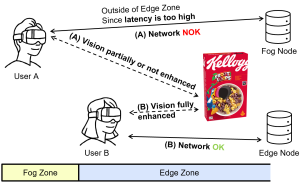EUVIP 2025
October 13-16, 2025
Malta
Tutorial speakers:
- Wei Zhou (Cardiff University)
- Hadi Amirpour (University of Klagenfurt)
Tutorial description:
As multimedia services like video streaming, video conferencing, virtual reality (VR), and online gaming continue to evolve, ensuring high perceptual visual quality is crucial for enhancing user experience and maintaining competitiveness. However, multimedia content inevitably undergoes various distortions during acquisition, compression, transmission, and storage, leading to quality degradation. Therefore, perceptual visual quality assessment, which evaluates multimedia quality from a human perception perspective, plays a vital role in optimizing user experience in modern communication systems. This tutorial provides a comprehensive overview of perceptual visual quality assessment, covering both subjective methods, where human observers directly rate their experience, and objective methods, where computational models predict perceptual quality based on measurable factors such as bitrate, frame rate, and compression levels. The session also explores quality assessment metrics tailored to different types of multimedia content, including images, videos, VR, point clouds, meshes, and AI-generated media. Furthermore, we discuss challenges posed by diverse multimedia characteristics, complex distortion scenarios, and varying viewing conditions. By the end of this tutorial, attendees will gain a deep understanding of the principles, methodologies, and latest advancements in perceptual visual quality assessment for multimedia communication.















